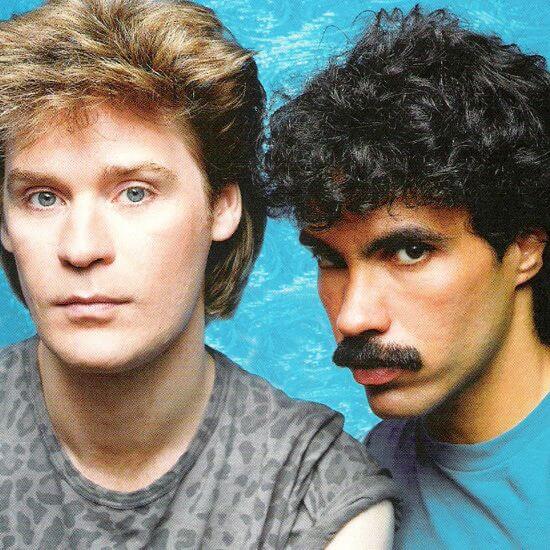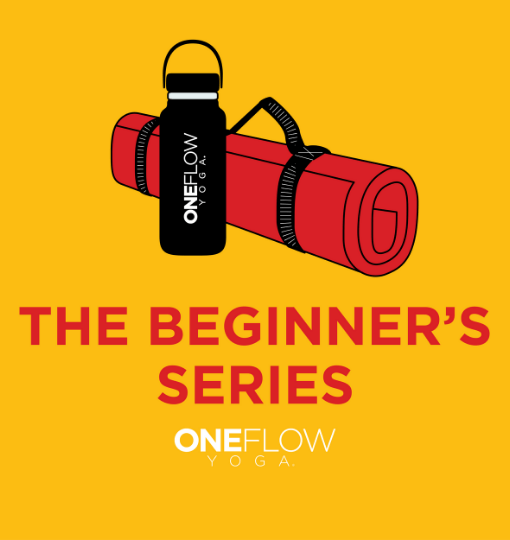Gratitude. In yoga, it’s got a dicey history.
For all of our Western notions about yoga, in the East, it was about getting something, a “what’s in it for me” proposition, at least in the beginning.
During yoga’s inception, the time of the Vedas, yoga was transactional, meaning I give to you, you give to me.
Say you have 25 unpaid parking tickets, and an officer came to arrest you, even though it was your partner’s car. You would have to give something to make it go away, like $200.
“Wait a second, I’ve got an idea. Is there something that I have, in this office, that I could hand to you and that would make you kind of forget that you’re holding those little pink tickets there?
Gilbert Gottfried, Beverly Hills Cop 2

Sure, you call it a bribe. But I’m just giving thanks for you taking care of that thing with the guy at the place.
What were early yogins trying to get? The things we all might want, prosperity, health, a guarantee of a smooth passage after death.
This is where we get mantra from. Elaborate rituals involving fires, oblations (offerings), and the right words at the right time could give you the outcome you wanted.

Brahmins (priests) memorized hundreds of thousands of syllables and had the utterances you needed for your desires. They could make all of your dreams come true.
Of course, you had to give a little something for the effort. It’s your way of showing your gratitude. You give to me, I give to you.
It was a business deal.

We might also call it the law of reciprocity, which is why when someone gives you a gift card, you may feel obligated to give them something back.
Or when we say, I Love You, to someone for the first time and feel hurt when it’s not said back.
This prospect changed with The Bhagavad Gita. Krishna, the protagonist, flips the script and introduces an innovation that will profoundly shift our understanding of yoga. Instead of giving something to get something, yoga now focuses on what you value.
Yoga will ask you to go to your heart, find what is there, and bring it forth.
This is a HUGE development in yoga’s history and worthy of a much longer conversation.
From this perspective, you can say “I Love You” because that’s what you feel for that person. There is nothing expected back because it is your heart’s expression. It stands alone.
You can give your support to an organization, a person, or a cause because that’s what matters to you.
You may choose to put on a uniform to serve your country or community without the expectation of some great monetary reward.
Where you put your heart and who you put in your heart become what we explore in yoga. Or, as Thorogood said, “Who do you love?“
You bring your intellect, emotional awareness, and intuition to patiently reflect on what matters to you. You need to include all of you, your heart and mind, the meaning of the word manas, to this work.
You feel deeply and then make wisdom out of your feelings through the way you engage with them.
Then you express what is in your heart.
You give thanks because that’s what you feel and an expression of who you are.



